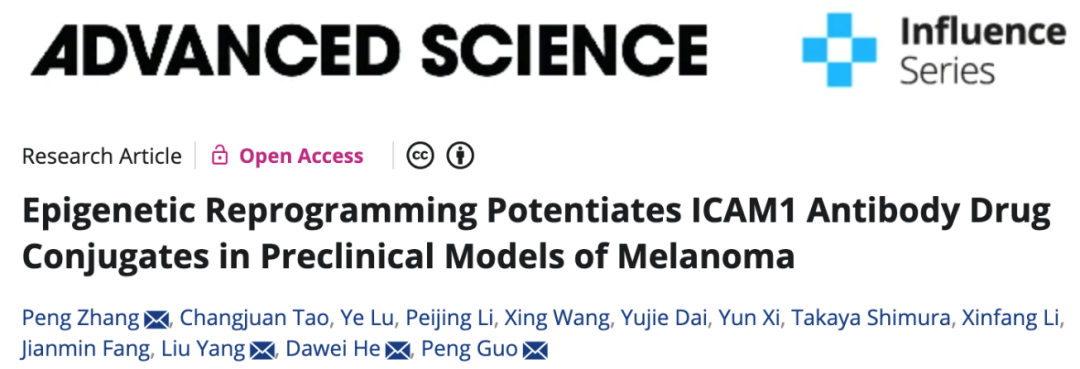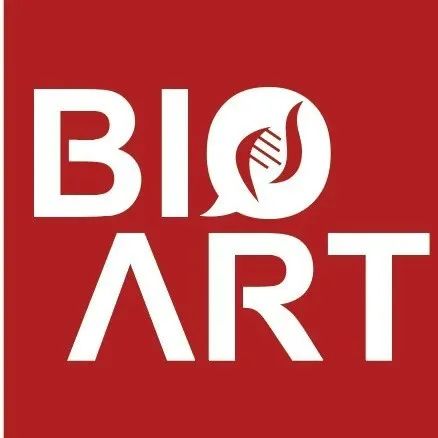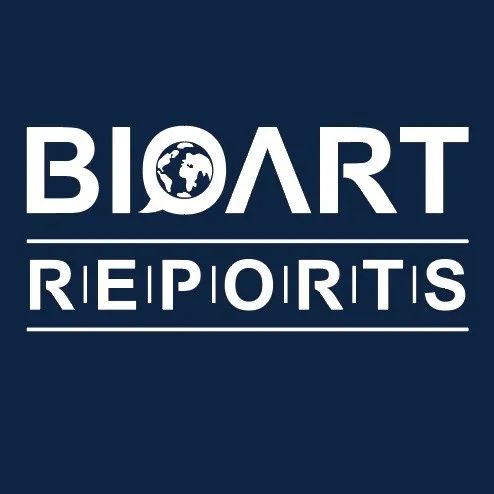Antibody drug conjugates (antibody drug conjugate, ADC) are a class of emerging targeted anti-cancer drugs that have shown excellent efficacy in clinical trials against various refractory and metastatic solid tumors. However, the therapeutic effects and potential biological mechanisms of ADC drugs used in combination with other targeted therapies remain unexplored.
Recently, Researcher Guo Peng from the Institute of Medical Sciences, Chinese Academy of Sciences, Professor He Dawei from Chongqing Medical University, and Professor Yang Liu from Zhejiang Provincial People’s Hospital, along with Professor Zhang Peng, published a research paper titled Epigenetic Reprogramming Potentiates ICAM1 Antibody Drug Conjugates in Preclinical Models of Melanoma in Advanced Science online.This study reveals the synergistic effect of the DNA methyltransferase inhibitor decitabine (decitabine, DAC) combined with the targeted ICAM1 ADC drug (ICAM1-ADC) in malignant melanoma. It was also found that DAC enhances anti-tumor immunity by reshaping the tumor microenvironment in conjunction with ICAM1-ADC, providing a new ADC combination strategy for treating this highly heterogeneous tumor..
 Guo Peng’s research group previously identified ICAM1 as a potential molecular target for malignant melanoma through various unbiased screening methods, including quantitative screening of membrane proteins【2】. In this study, the authors developed two ICAM1-targeted ADC drugs (ICAM1-DXd and ICAM1-MMAE) based on the ICAM1 target, and identified DNA methyltransferase inhibitors as potential drug partners for ADC drugs through unbiased epigenetic probe screening. In vivo studies with different concentration combinations and various tumor models indicated that DAC has a significant synergistic anti-tumor effect with ICAM1-ADC. Considering the important role of the immune system in anti-tumor activity, the authors further constructed a mouse melanoma cell line expressing high levels of human ICAM1 (B16OVA-hICAM1) and evaluated the therapeutic efficacy of the DAC plus ICAM1-ADC combination in tumor models created in immunocompetent mice, along with RNA sequencing analysis. The RNA sequencing results indicated that both the combination treatment group and the ICAM1-ADC monotherapy group upregulated interferon signature genes (such as IFNG, IRF3, IFNGR1), antigen presentation genes (such as Mx2, H2-M2, Psmd13), chemokines and cytokine genes (such as CCL1, XCL1, TNF), and downregulated collagen formation-related genes (such as COL1A1, MMP9). RNA sequencing result deconvolution analysis and multiplex immunofluorescence results indicated that ICAM1-ADC monotherapy could reshape the tumor microenvironment and enhance the infiltration of immune cells, and this tumor immune effect could be significantly enhanced by DAC. Based on RNA sequencing results, the authors further explored the potential synergistic mechanisms of DAC and ICAM1-ADC, including: (1) ICAM1-ADC monotherapy can reprogram the tumor microenvironment, increasing immune cell infiltration and synergistically enhancing anti-tumor immunity with DAC; (2) DAC upregulates the expression of the membrane ICAM1 antigen in malignant melanoma cells via double-stranded DNA accumulation; (3) DAC increases the endocytosis of ICAM1-ADC in melanoma cells; (4) DAC makes malignant melanoma sensitive to ICAM1-ADC treatment by promoting apoptosis; (5) DAC enhances the tumor permeability of ICAM1-ADC in vivo. Figure 1 summarizes the mechanism of decitabine combined with ICAM1-ADC for anti-tumor activity.
In summary, this study reveals a significant anti-tumor synergistic effect between ADC drugs and epigenetic drugs and explores the biological mechanisms behind it, providing a potential drug combination strategy for clinical ADC combination therapy.
Figure 1: Synergistic anti-tumor mechanism of ICAM1-ADC monotherapy and combined DNA methyltransferase inhibitor DAC.
Guo Peng’s research group previously identified ICAM1 as a potential molecular target for malignant melanoma through various unbiased screening methods, including quantitative screening of membrane proteins【2】. In this study, the authors developed two ICAM1-targeted ADC drugs (ICAM1-DXd and ICAM1-MMAE) based on the ICAM1 target, and identified DNA methyltransferase inhibitors as potential drug partners for ADC drugs through unbiased epigenetic probe screening. In vivo studies with different concentration combinations and various tumor models indicated that DAC has a significant synergistic anti-tumor effect with ICAM1-ADC. Considering the important role of the immune system in anti-tumor activity, the authors further constructed a mouse melanoma cell line expressing high levels of human ICAM1 (B16OVA-hICAM1) and evaluated the therapeutic efficacy of the DAC plus ICAM1-ADC combination in tumor models created in immunocompetent mice, along with RNA sequencing analysis. The RNA sequencing results indicated that both the combination treatment group and the ICAM1-ADC monotherapy group upregulated interferon signature genes (such as IFNG, IRF3, IFNGR1), antigen presentation genes (such as Mx2, H2-M2, Psmd13), chemokines and cytokine genes (such as CCL1, XCL1, TNF), and downregulated collagen formation-related genes (such as COL1A1, MMP9). RNA sequencing result deconvolution analysis and multiplex immunofluorescence results indicated that ICAM1-ADC monotherapy could reshape the tumor microenvironment and enhance the infiltration of immune cells, and this tumor immune effect could be significantly enhanced by DAC. Based on RNA sequencing results, the authors further explored the potential synergistic mechanisms of DAC and ICAM1-ADC, including: (1) ICAM1-ADC monotherapy can reprogram the tumor microenvironment, increasing immune cell infiltration and synergistically enhancing anti-tumor immunity with DAC; (2) DAC upregulates the expression of the membrane ICAM1 antigen in malignant melanoma cells via double-stranded DNA accumulation; (3) DAC increases the endocytosis of ICAM1-ADC in melanoma cells; (4) DAC makes malignant melanoma sensitive to ICAM1-ADC treatment by promoting apoptosis; (5) DAC enhances the tumor permeability of ICAM1-ADC in vivo. Figure 1 summarizes the mechanism of decitabine combined with ICAM1-ADC for anti-tumor activity.
In summary, this study reveals a significant anti-tumor synergistic effect between ADC drugs and epigenetic drugs and explores the biological mechanisms behind it, providing a potential drug combination strategy for clinical ADC combination therapy.
Figure 1: Synergistic anti-tumor mechanism of ICAM1-ADC monotherapy and combined DNA methyltransferase inhibitor DAC.
Original link:
https://doi.org/10.1002/advs.202400203
Editor: Eleven
1. Zhang P, Tao CJ, Lu Y, et al. Epigenetic Reprogramming Potentiates ICAM1 Antibody Drug Conjugates in Preclinical Models of Melanoma. Advanced Science 2024 Jun, e2400203.
2. Guo P, Yang J, Bielenberg DR, et al. A quantitative method for screening and identifying molecular targets for nanomedicine. J Control Release. 2017 Oct 10;263:57-67.
BioART Strategic Partners
(*Ranking is not in order)
(*Ranking is not in order)


【Non-original article】The copyright of this article belongs to the author. Personal forwarding and sharing are welcome, but reproduction is prohibited without the author’s permission. The author holds all legal rights, and violators will be held accountable.












